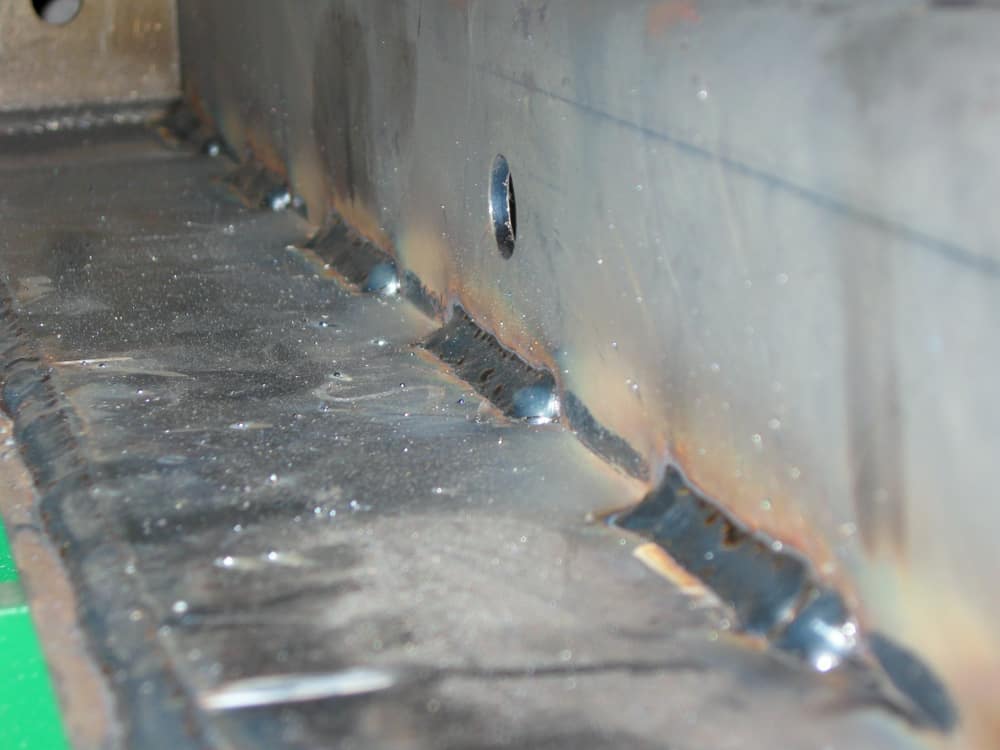
One of the fundamentals of welding is the understanding of the different types of weld joints, their usage, and their importance in a variety of applications. Among the different weld types, some of the most basic weld designs observed in welded components include butt weld and fillet weld. While both weld types aim to create fusion and improve the structural strength, there can be limitations in the reason and place they are used. In this article, we will discuss the differences between orbital butt welds and fillet welds, explore their advantages, and identify unique situations that demand the use of such welds.
Understanding Butt Welds and Fillet Welds
Butt Welds
This is the most common type of weld used across a range of industries where two parallel surfaces are fused together to form a joint. The two surfaces with ends adjacent to each other are placed together on the same plane, and the weld is performed across the centerline. This type of weld is generally used to join together two metal plates, pipes, fittings, flanges, and other components. Some of the advantages of butt weld for joint fabrication include:
- Easy and cost-effective welding
- Suitability for a wide variety of materials
- Fabrication of high-strength joint
- Simple inspection for weld distortion
- Performed effectively with MIG (Metal Inert Gas) or TIG (Tungsten Inert Gas) processes.
Butt welds can be easily achieved with automated and manual welding processes. Additionally, weld designs with varying groove shapes or layering serve unique structural purposes. These designs include:
- Square
- Single/double bevel
- V-, J-, or U- groove
Implementation of the designs listed above will depend on the thickness of the metal weld penetration requirements. The square joint can be achieved while welding thin sheet metals. Most thick sections, though, require some kind of grooving for complete penetration.
Butt welds may be prone to weld defects that include porosity, distortion, incomplete penetration, or cracking; however, it is possible to avoid these with accurate weld parameter input.
Fillet Welds
A fillet weld is performed when joining two perpendicular surfaces. This type of weld can be observed in T-joint, corner joint, or a lap joint that has a triangular cross-section. The ideal weld contributes at least 45° to each side depending upon the surface thickness. The advantages of this type of weld include:
- Less joint preparation required
- Easy to automate the welding process
- Cost-effectiveness
- Fabrication possible with MIG, TIG, or SMAW (Shielded Metal Arc Welding)
Maintaining consistency while fillet welding can, however, be a challenge. Fillet welds require high heat input for the same thickness as compared to the butt weld. In the hands of inexperienced welders, weld defects can result; as a result, high-level inspection requirements are present. Careful consideration is necessary to ensure a detailed weld design (including appropriate throat size, leg length, and penetration depth) and accurate weld parameters are implemented for high-quality results.
Orbital Butt Welds Vs Fillet Welds
Even for experienced welders, avoiding issues like distortion and other weld defects can be a challenge, as the thickness, heat input, and oscillation will dictate the quality of the weld distribution. For instance, during fillet weld, the arc needs a longer dwell time on the vertical surface rather than on the low side to ensure proportional distribution of material. Given both butt and fillet welds are compatible for automated setup, the use of orbital welding can be beneficial for achieving high-quality results. For orbital butt welds vs fillet welds, this kind of mechanized process facilitates:
- Accurate weld parameter optimization to suit precision welding needs
- Monitoring to ensure proper weld penetration, especially in fillet welds, where lack of monitoring can lead to extensive inspections
- Controlled heat input, oscillation, feed rate, and other parameters specific to orbital butt weld vs fillet weld requirements
- Weld precision and repeatability to achieve the desired result—for instance, adequate penetration depth or desired bead shape (neither too concave nor convex for fillet weld).
Unique Solutions for Orbital Butt Welds vs Fillet Welds
In pipe welding, or for other structural needs, butt welds and fillet welds are the most desired weld options due to their practicality and strong output. To facilitate the use of these welds in a more effective way, Arc Machines, Inc. provides unique solutions, including auto weld heads capable of welding for a wide range of configurations and clearances. Equipped with a monitoring system, it is possible to keep track of the welding procedure and identify defects early in the process. Weld heads such as Model 81 or Model 6 with spring-loaded torches can be used for fillet welding and can track the tube shape and accommodate for minor ovality. With the effective orbital butt welds vs fillet weld options, you can secure quality results and cost-efficiency for your application.
Arc Machines, Inc. offers a wide range of products, accessories, and services—including auto weld heads and monitoring systems that can be optimized to suit your orbital butt welds vs fillet welds options. For inquiries regarding products, contact sales@arcmachines.com. For service inquiries, contact service@arcmachines.com. Arc Machines welcomes the opportunity to discuss your specific needs. Contact us to arrange a meeting.




